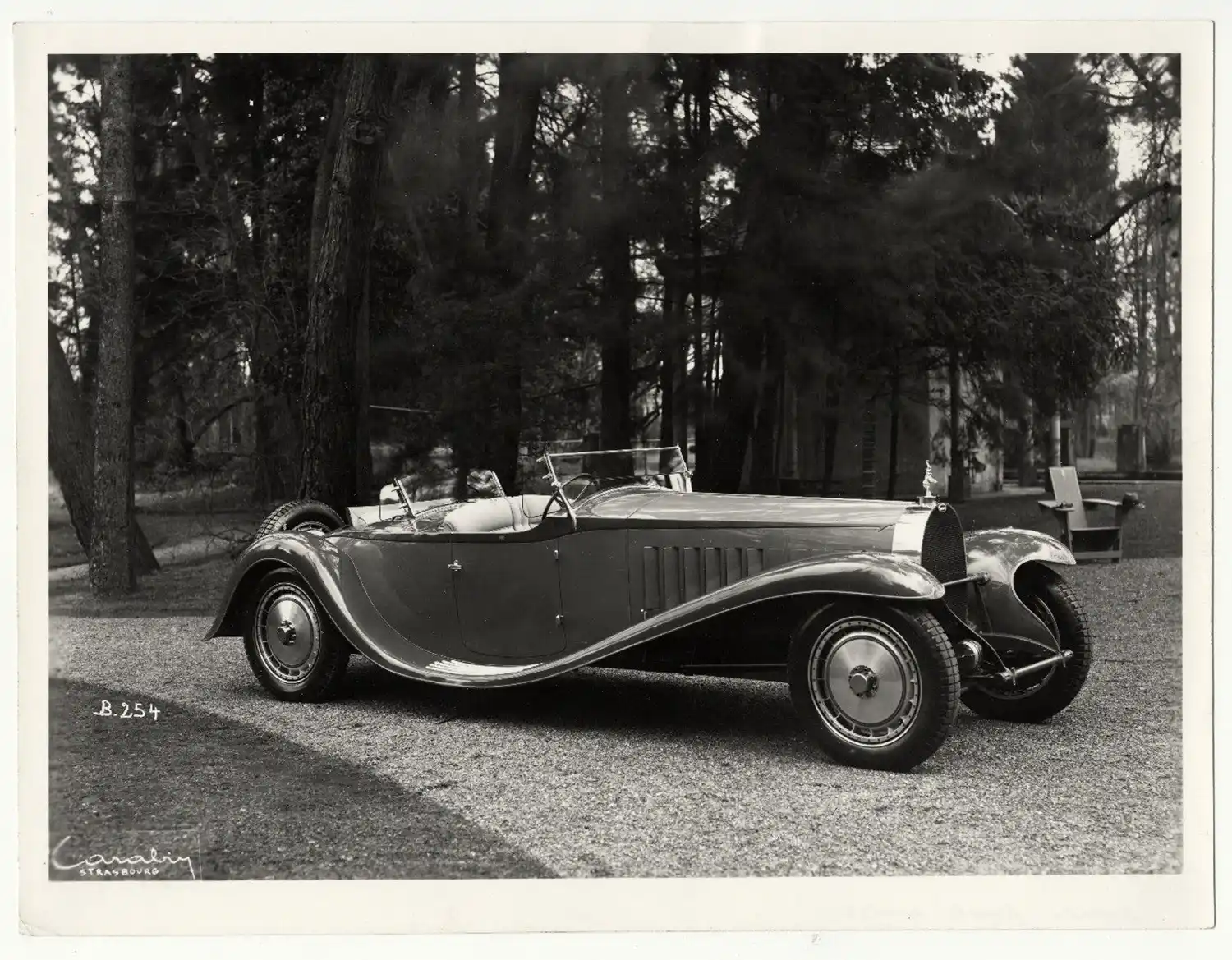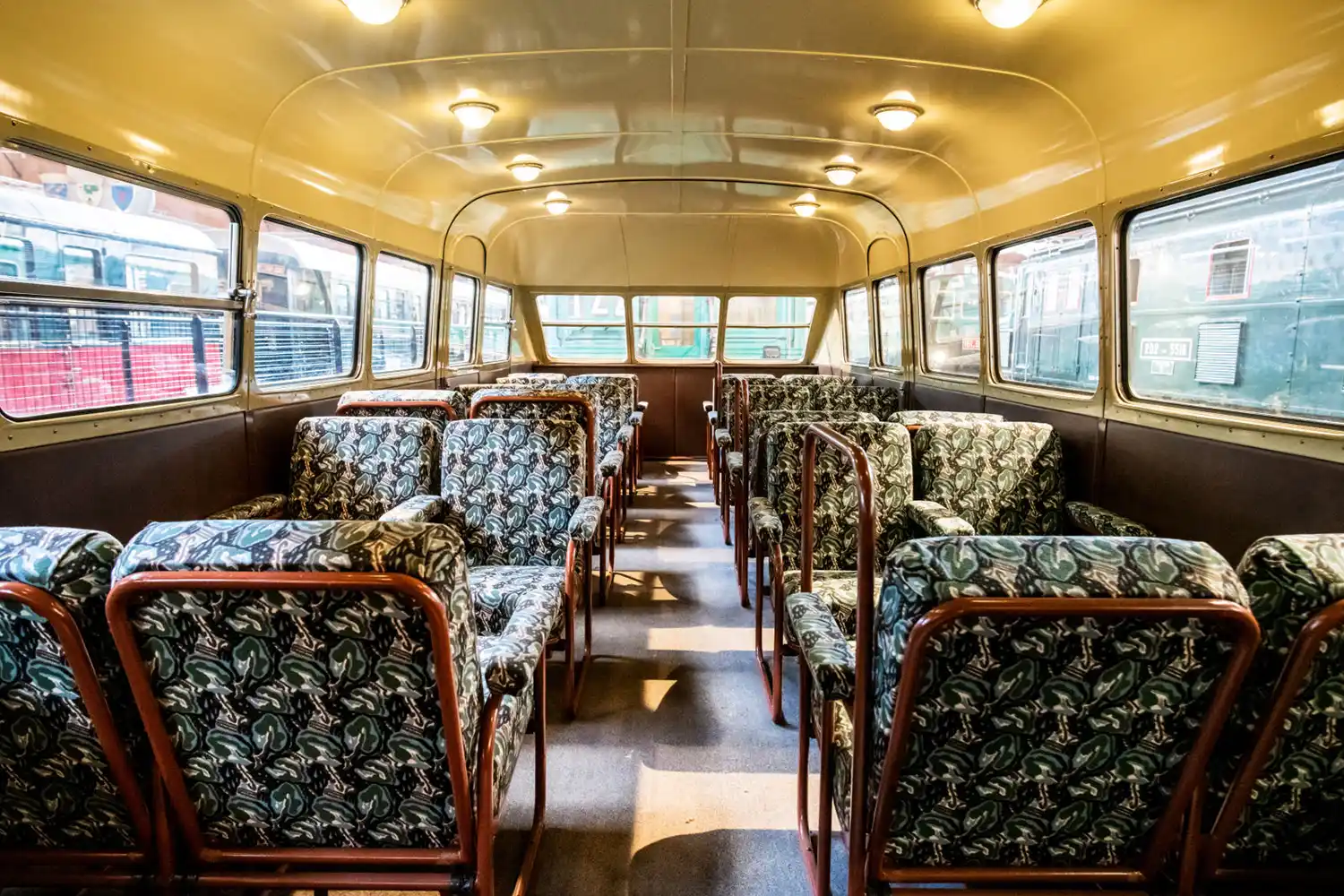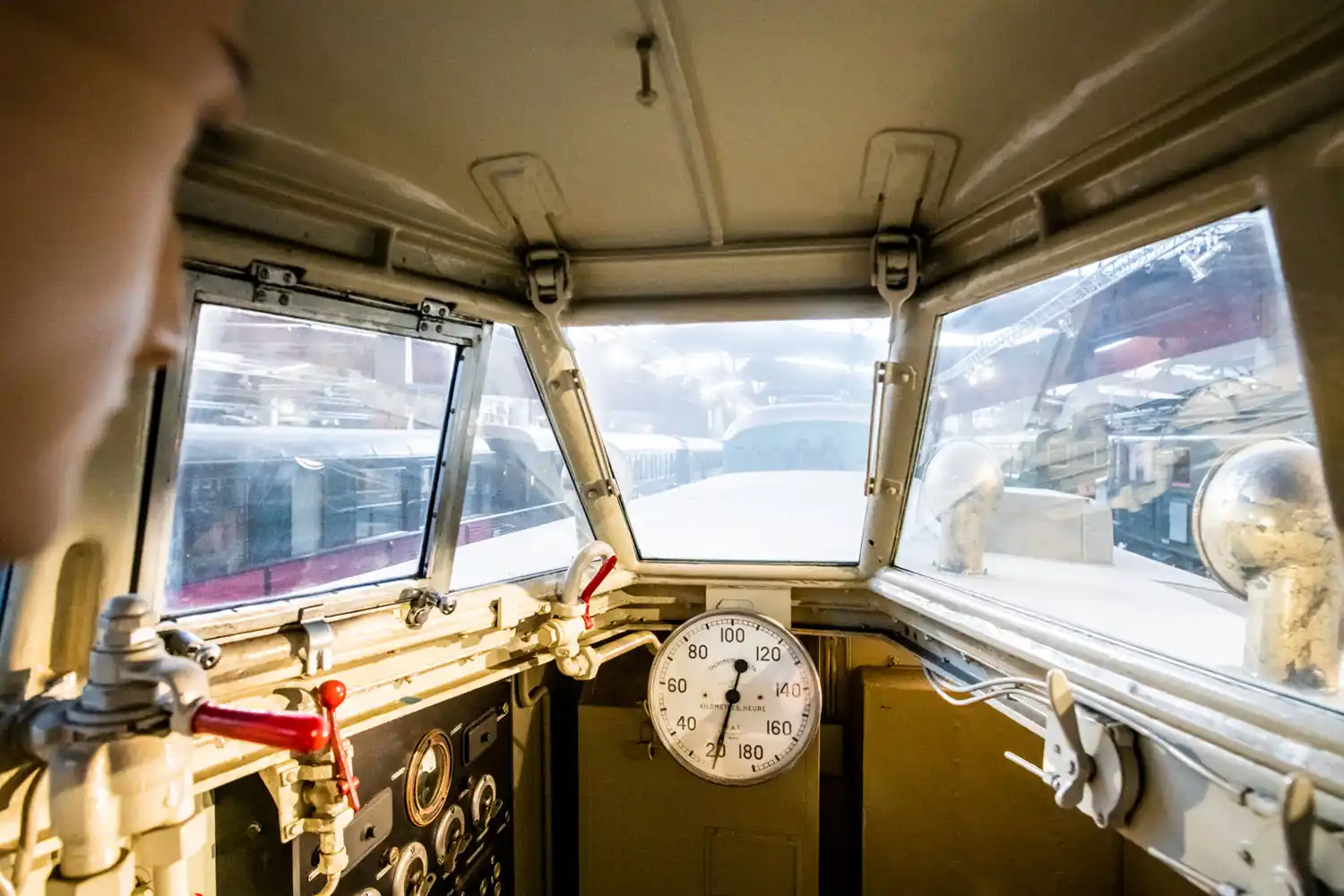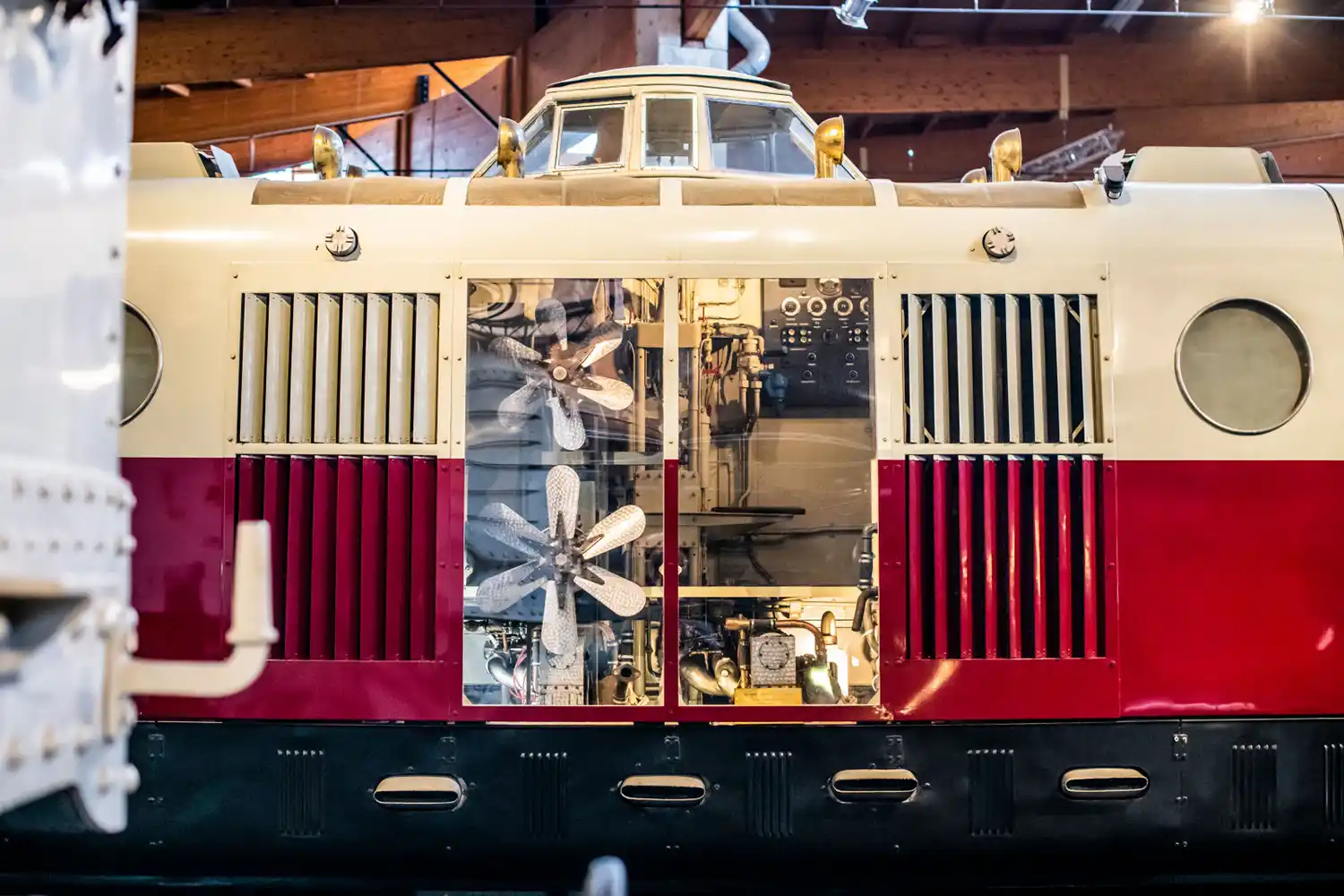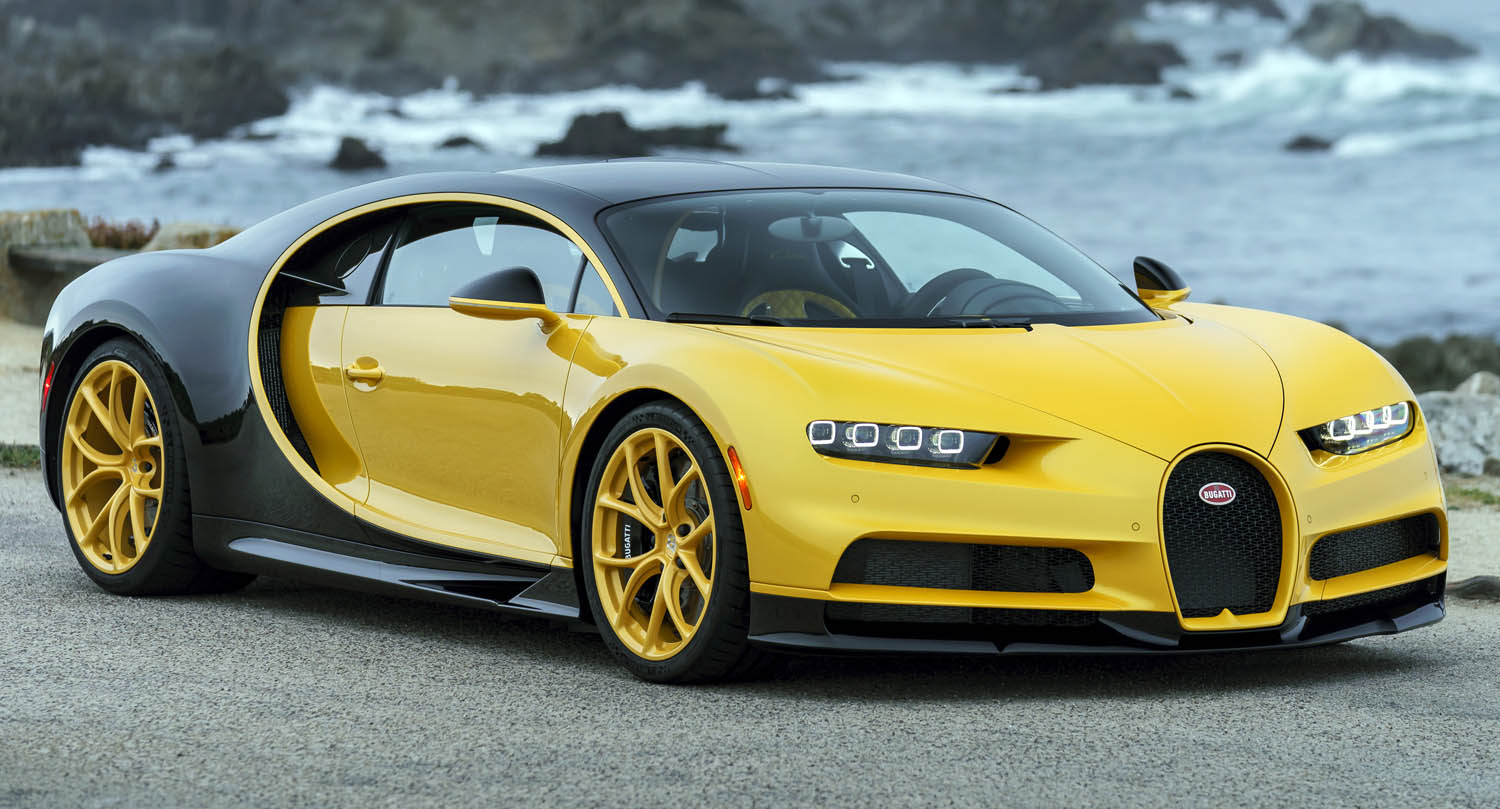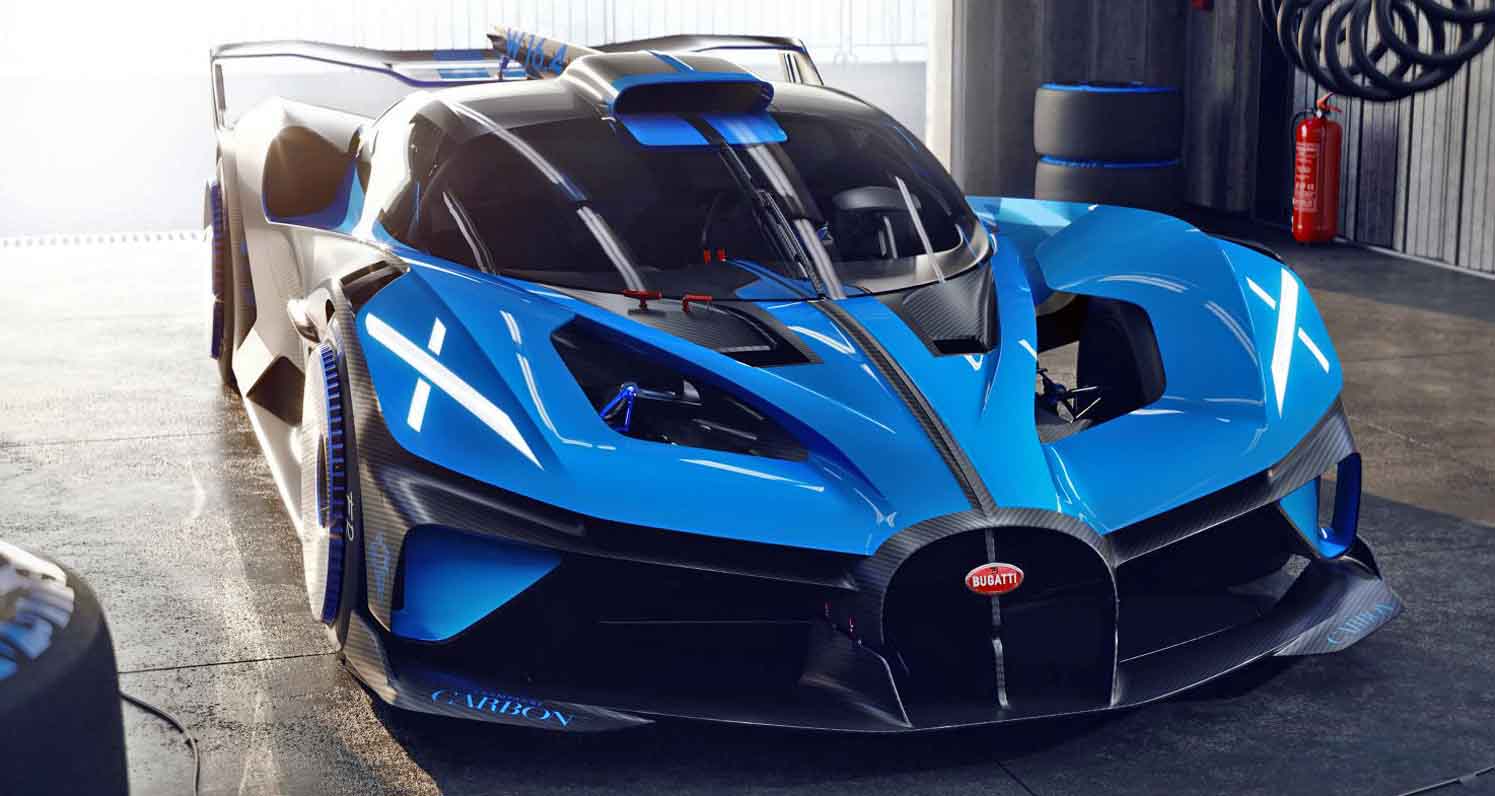
Although best known for his timeless automobile creations, Ettore Bugatti’s visionary spirit and innovations transcend the world of motoring. One of his biggest achievements in this respect can be traced to the majestic Type 41 Royale that went on to shape a new form of contemporary luxury travel: high speed trains.
Unmatched presence. Prodigious power. Unrivalled refinement. When Bugatti revealed the Type 41 in 1926, it immediately set a new benchmark. Envisioned by company founder Ettore Bugatti as a car fit for royalty, this masterpiece possessed a specification unlike anything that had ever gone before, and one wholly befitting its more-widely known name of the ‘Bugatti Royale’.
More than six meters long, the Bugatti Type 41 featured an extraordinary 12.8-litre inline eight-cylinder engine beneath its long, louvred hood. The Type 41 is testament to the craftsmanship Bugatti is renowned for to this day. Such was its arrangement that the hood required two people to lift it, while the car’s wheelbase spanned 4.3-meters.
Developing up to 300 HP at 1,800 rpm, the extraordinary Type 41 engine was capable of accelerating the 3.5-tonne Type 41 up to an incredible maximum speed of 200 km/h. Among the engine’s advanced features were overhead camshafts driving three valves per cylinder, combustion chambers each with two spark plugs instead of one (an arrangement that was far more common at the time), and an advanced dry-sump lubrication system typically used in race cars.
The first production model, featuring an elegant, coachbuilt, roadster body, was sold in 1932 but despite the exceptional features of the Royale, it did not go on to be an economic success. The Great Depression – a global economic crisis which dragged on throughout the decade – and its aftermath made prospective buyers hold back. Up until 1933, six models of the car and 25 engines were already built, but only four of the Bugatti Type 41 Royale were sold.
Although highly innovative in every sense, the Royale and its sophisticated engine had a very special place in Ettore’s heart. Thanks to his curious mind that always sought genius solutions, making Ettore a true avant-gardist, the Royale engines that had already been produced were modified for a completely new project: Ettore took his ingenious engine design and applied it to transforming France’s rail network with a brand new type of express railcar.
While the French national rail network had, at the time, a well-developed infrastructure, it nonetheless was operated mainly by ponderous steam-powered engines. This situation was further exacerbated by the emerging competition of cars and buses, meaning that French rail travel was in urgent need of modernization. Ettore’s trailblazing Royale-inspired train did this to maximum effect, propelling the French railways into a new age. By undertaking precise engineering modifications and technical iterations, he enabled the eight-cylinder engine of the Royale to be reconfigured and used in the new four-axle rail multiple units that he developed for French railway. In just nine months he designed and developed the blueprint for a new generation of high-speed luxury train travel.
In the first homologation trials, the beautifully sleek train’s combination of power, lightweight construction and aerodynamic efficiency enabled it to reach a maximum speed of 172 km/h, a record for rail travel at the time. Its surfaces and shapes were optimized for aerodynamics, representing a new level of engineering excellence for trains that, at the time, was already at the heart of Ettore’s pioneering automotive work.
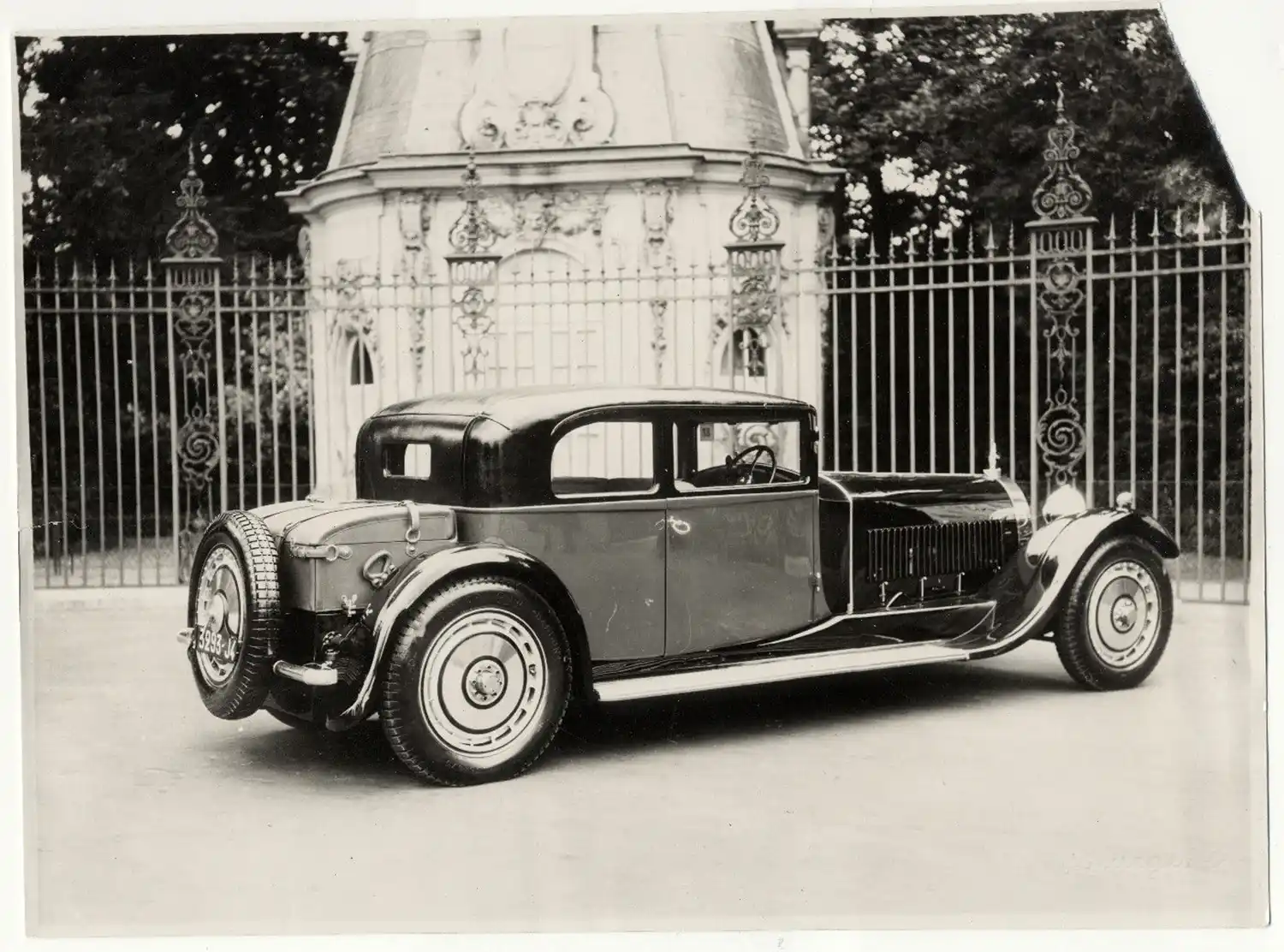
In 1934, a later version became the fastest train ever in the world, setting a new record of 196 km/h. Performance like this enabled train companies to dramatically reduce journey times, making comfortable, long distance, express services possible. Parisians suddenly could escape from the city for a weekend to their country and costal residences far quicker.
The railcars that Bugatti developed and manufactured were truly revolutionary in terms of aerodynamics and performance. They also represented breakthrough milestone moments in terms of aesthetics and usability. Ettore pioneered a design that resulted in the first-ever train to position the conductor in a specific centrally located cabin (this is why we call it “autorail” in French). This enabled the conductor to undertake operative and logistical duties with vastly enhanced ease, efficiency and safety, giving them a full 360° vision to avoid changing place when the train was altering its direction at the terminus.
The interior style and functionality of the Bugatti trains were just as radical, allowing passengers to create a personalized environment from a fully flexible configuration arrangement. The configuration allowed the seats to rotate, enabling passengers to choose between facing the direction of travel or to be seated facing the opposite way. Such flexibility allowed passengers to create a small and intimate living room environment that enhanced comfort and convenience. As with every Bugatti creation, Ettore was determined that the aesthetic ambience of the interior of the train – and the design of the exterior – was of the very highest quality to truly embody the “Art, Forme, Technique” philosophy.
In total, Bugatti was responsible for the development and manufacturing of 88 trains. These remarkable achievements enabled Bugatti to not only survive the turmoil of the 1930s, but emerge stronger, with the factory expanding to take on the extra operations needed from producing and maintaining the trains.
From the 88 trains built by Bugatti, today, only one example remains – “Le Présidentiel”, which was one of the first railcars delivered by Bugatti to be operated by ETAT. Today, Le Présidentiel’s resting place is at Cité du Train in Mulhouse, managed by Sylvain Vernerey. Over 150 trains and railway machines dating back to 1827 can be seen in the Mulhouse museum, making it the largest such exhibition in Europe that showcases in detail the many eras and breakthroughs in design, innovation, technology and travel in France.

